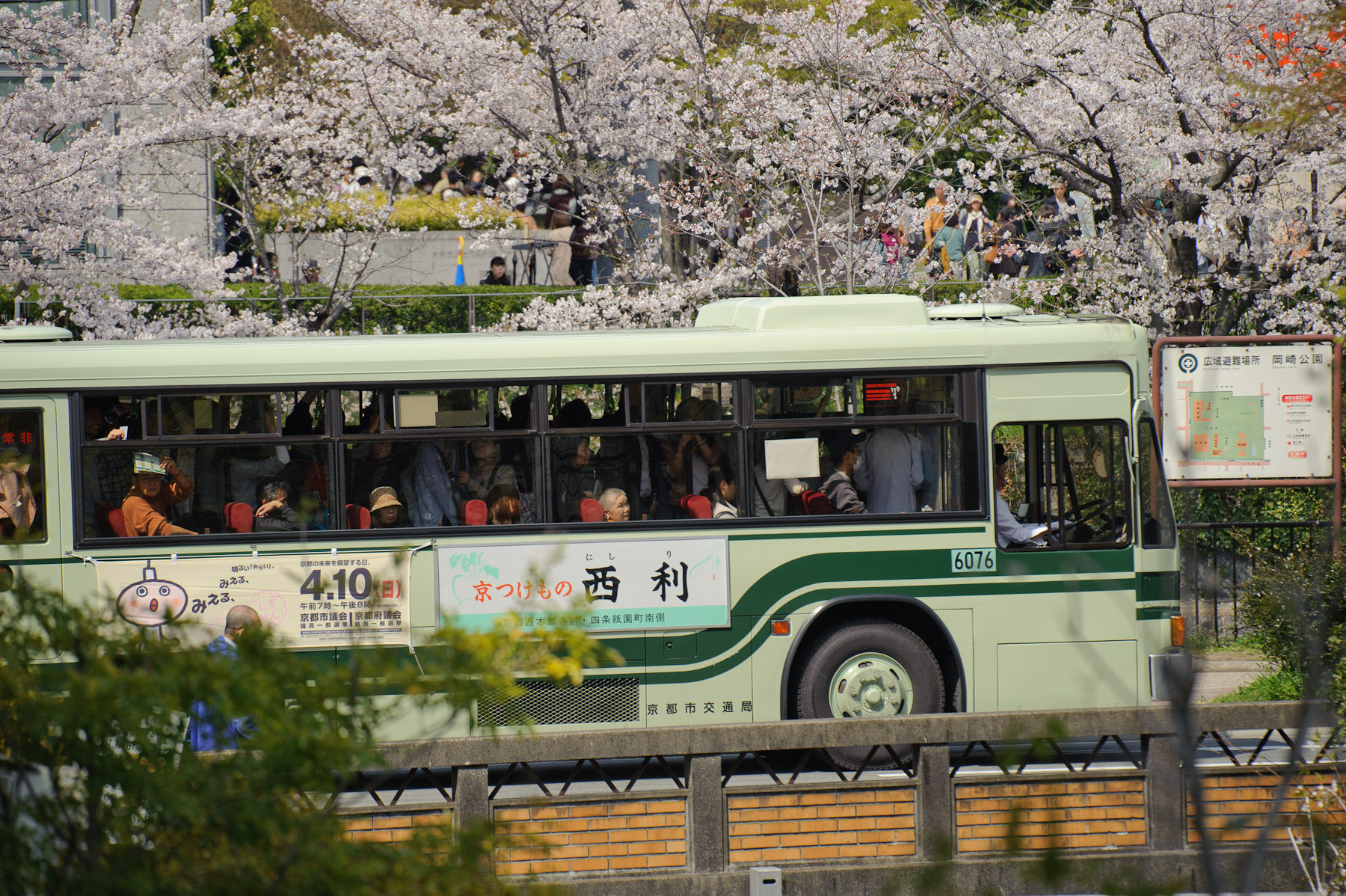
The former Japanese capital of Kyoto is now revamping the bus services as it becomes the headache to the local citizens for crowded and delayed city buses.
Kyoto is prompting the traffic authorities to take steps to ensure smoother passenger services and encourage the use of subway lines.
In Kyoto, most of the local passengers have generally boarded buses through the rear door and paid the fare when getting off from the front door for over 40 years.
But as the earstwhile capital city is now attracting around 55 million tourists a year, Kyoto City Bus services, whose routes includes popular tourist attractions, that have become constantly crowded, with some tourists carrying large baggage.
As some foreign travellers mostly from the China, USA and UK also often have difficulty in paying the fare promptly with coins at the bus stops, it has become difficult for the city buses to maintain punctuality.
According to the Nihon Bus Association, the bus industry body of the city of Kotyo, the boarding system for route buses varies by regions, with passengers paying fares when they get on through the front door in flat fare zones in Tokyo and Yokohama and Nagoya.
In the face of complaints from the local citizens about delayed bus services, the Kyoto city government’s traffic bureau conducted a practical experiment last October to switch doors for boarding and alighting, and making passengers pay the fare when they get on.
Since the test showed that the change in entry and exit doors contributed to reducing the average stoppage time by 11.5 seconds, the bus operator plans to change its boarding system for the route connecting Kyoto Station and Ginkakuji Temple this fall and eventually introduce the new system on 61 routes where a flat fare system of 230 yen is applied.
The front area of Kyoto city buses has often been crowded as passengers tend to prefer staying in that area to get off from the front exit door. But the test showed changing the exit door to the rear contributed to the smoother drop off.
It is to encourage the use of local subway lines, the traffic bureau of Kotyo has also decided to raise the price of a one-day pass for the city bus from the current 500 yen ($4.7) to 600 yen on March 17 and cut the price of the one-day pass for co-use of city bus and subway systems by 300 yen to 900 yen.
Tags: baggage services, bus services, kyoto, Revamp, Tourism